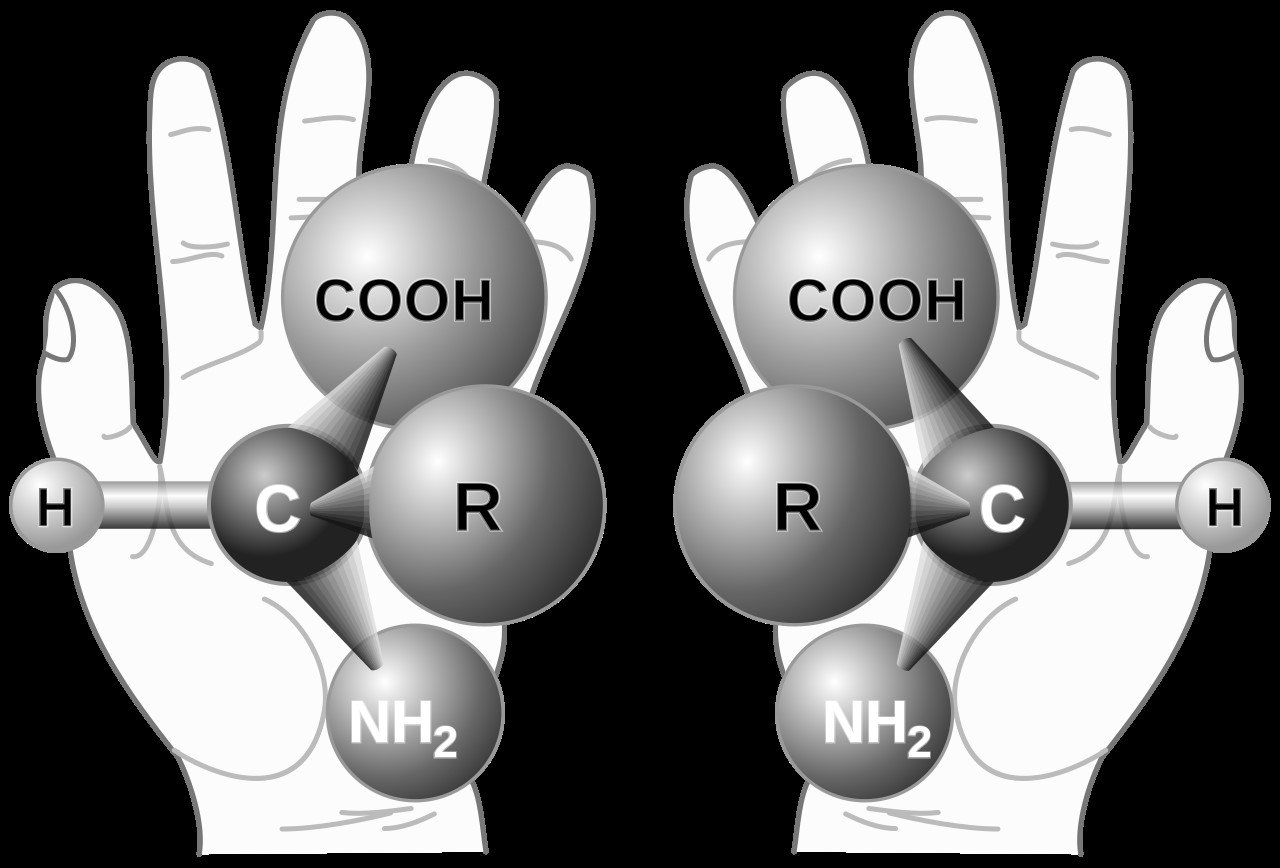Origin of life shows that God exists

The complex, interrelated microscopic and macroscopic structures of living things contribute to the famous intractability of the mysterious origins of life. I use the word origins in the plural, because conventional science1 notes at least five mass extinctions2 on our planet:
- Ordovician-silurian Extinction: 440 million years ago3
- Devonian Extinction: 365 million years ago
- Permian-triassic Extinction: 250 million years ago
- Triassic-jurassic Extinction: 210 million years ago
- Cretaceous-tertiary Extinction: 65 million years ago
The last of these came to the popular public’s attention thanks in part to the Jurassic Park franchise, a set of science fiction blockbuster movies about modern attempts to bring dinosaurs to life, with the tagline “65 million years in the making.” The point is, with these known, mass extinction events, it’s appropriate to talk about origins of life in the plural. However unlikely the first origin of life might be, we can point to a total of five origins, even more unlikely than just one.
The first origin of life presents some serious philosophical problems, as recounted in Antony Flew’s There Is a God. “The philosophical question that has not been answered in origin-of-life studies is this: How can a universe of mindless matter produce beings with intrinsic ends, self-replication capabilities, and ‘coded chemistry’?” (pp. 124-126) Flew is pointing out that there is a qualitative difference between lifeless matter and living things. Living things, for example, are self-reproductive, unlike mere matter. Flew uses the phrase, “The Purpose-Driven Organism” to highlight this distinction. We would not say that helium, for example, possesses “intrinsic ends, goals, or purposes”; and yet even the simplest life does. This, according to Flew and other philosophers, is not a problem that can be solved by some theoretical biological structure or system, because it is a philosophical, not a scientific or mechanistic, problem. How can the purpose-driven organism arise by natural means from a material base?
This is not to suggest that some extremely difficult scientific issues in biology do not still remain in addition to the philosophical problems. Two obvious ones include chicken-and-egg paradoxes (such as which came first RNA, DNA, or proteins; or, if two or all of them emerged simultaneously, how is that possible?) and hostile environment paradoxes (the environment of early earth apparently was hostile to pre-biotic chemistry; discoveries in this vein seem to have delivered a death-blow to the famous Miller Urey experiment that attempted to create amino acids through natural processes).4 It is as though the sorcerer’s apprentice5 stole onto the primordial scene, uttered a few incantations, and voila! Life!
Wikipedia only indirectly acknowledged these problems in its article on abiogenesis, life emerging from non-life, when I accessed it in 2021: “Although the occurrence of abiogenesis is uncontroversial6 among scientists, its possible mechanisms are poorly understood. There are several principles and hypotheses for how abiogenesis could have occurred” (Abiogenesis).
Despite this glib dismissal of nearly intractable problems, I’ll just mention one of them here: handedness. Life, I am told, requires homochirality, which means “only left-handed chiral amino acids and only right-handed ribose sugars." The probability that these conditions could occur naturally or by chance is extremely small. A layperson like me would say “impossible.”7
I am not suggesting that natural processes that contribute to the origin of life are impossible, or even impossible to discover. I am saying that for all of the necessary conditions for life to line up by chance, including for example homochirality, is unlikely in the extreme, given our present knowledge. We appropriately can wonder at the mysterious origins of life. A super-intelligent, super-powerful, and super-caring Creator is a plausible explanation for life’s origins. In the great tradition of the physical sciences, that idea, of course, is just a beginning point to start understanding the processes, and a worthy beginning point indeed!
1See, for example, ThoughtCo’s list of mass extinction events (Scoville, 2020).
2A sharp decrease in the total number of species in a relatively short period of time.
3If the numbers of years in the millions alarm you, please see an article here that shows the Bible suggests an age far older than just a few thousand years.
4This article, from 2017, reports findings from the International Society for the Study of the Origin of Life (ISSOL) Conference. It includes this statement: “What does an ‘at least mildly oxidizing’ atmosphere imply about the origin of life on Earth? It rules out all naturalistic or materialistic origin-of-life models.”
5An English translation of the original poem by Goethe.
6I’m pretty sure “uncontroversial” is not the right word!
7An explanation of homochirality and some suggestions for how it might come about naturally are here. Another explanation of homochirality for laypersons like me is here in “Evolution News:” This site also observes that, since homochirality arising only through natural processes is unlikely in the extreme, two explanations have surfaced, namely 1) Evolution selected left-handed biomolecules or 2) they were formed in outer space. Either explanation implies the overwhelming appearance of design in homochirality.
This blog article is an excerpt from my book: Five Languages of Evidence: How to Speak about Reasons for Christianity in a Post-truth World. Not yet published; available upon request.
Next post: Jesus solves the problem of consciousness